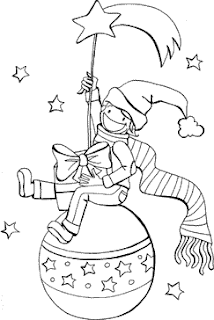When in Rome, spot Domenichino's masterpieces that are here and there and everywhere in the Eternal city. Some of them are in shy churches, others in glorious ones. Start with the magnificent fresco that is hidden to the crowds in the little chapel of Saint Andrew (Oratorio di San'Andrea) beside the monumental church dedicated to the famous Pope Gregorio Magno (address, piazza San Gregorio 1, MetroB, Circo Massimo). It represents the martyrdom of Saint Andrew. What a deadful sight! But, look closely... more closely... Can you see, in all the violence of the scene, a little, rosy cheeked girl? She is looking straight into your eyes, not a bit interested in what is going on, as if saying: “I'll be here, forever young and beautiful Not like you, ha,ha,ha!” A little cheeky Lolita of the Seventeenth century.
And she is not Domenichino's only Lolita. Oh no! You will find her twin sister, maybe a tiny bit older, in a painting called “La caccia di Diana” (Diana's hunt) that is kept in the Galleria Borghese (Piazzale del Museo Borghese 5). There she is again, the little mocking beauty. This time she is in a pool of water, leisurly bathing. But her eyes are on you. The smile on her pink lips is that of eternal beauty that scorns time and age.
Not only nimphs for this extraordinary painter who owes his name – it means little Domenico in italian - either to his timid nature or to his dwarf size height. In the grand church of San Luigi dei Francesi (Piazza San Luigi dei francesi, 20). You shall find the beautiful cycle of frescoes that tell the stories of Santa Cecilia, martyr and patroness of music and “bel canto”. Another little beauty, another “signorina”, a pious one, but, all the same, cousin of the other little Lolitas...





